A vibrant garden filled with buzzing bees, fluttering butterflies, and hummingbirds isn’t just beautiful it’s vital for a healthy ecosystem. Pollinators play a crucial role in helping plants reproduce by transferring pollen from flower to flower. If you want your garden to thrive, attracting these natural helpers is key. The best part? You can do this naturally, without chemicals or complicated setups. Here’s how.
Choose Native Plants
Planting native species is one of the simplest and most effective ways to attract pollinators. These plants evolved alongside local pollinators, making them perfectly suited to their needs. Native flowers provide the right kind of nectar and pollen, bloom at the ideal times, and often require less maintenance.
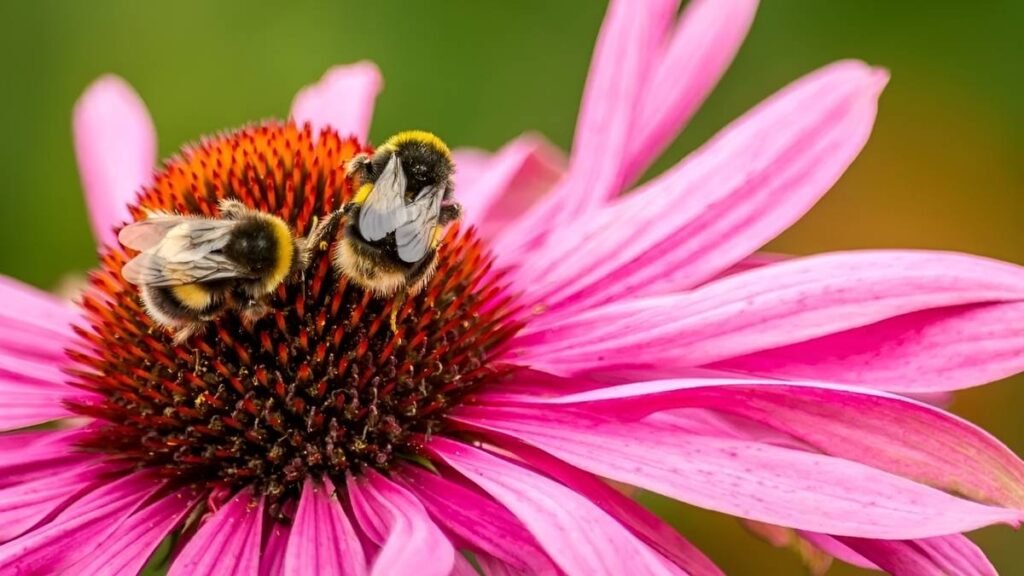
Visiting your local nursery or botanical garden and asking about native plants can help you build a list. This way, you create a welcoming buffet for bees, butterflies, and other pollinators.
Provide Continuous Bloom
Pollinators depend on flowers for food throughout the growing season. If your garden only blooms for a short period, pollinators might visit briefly but then move on. To keep them around, plan your garden so something is always flowering from early spring to late fall.
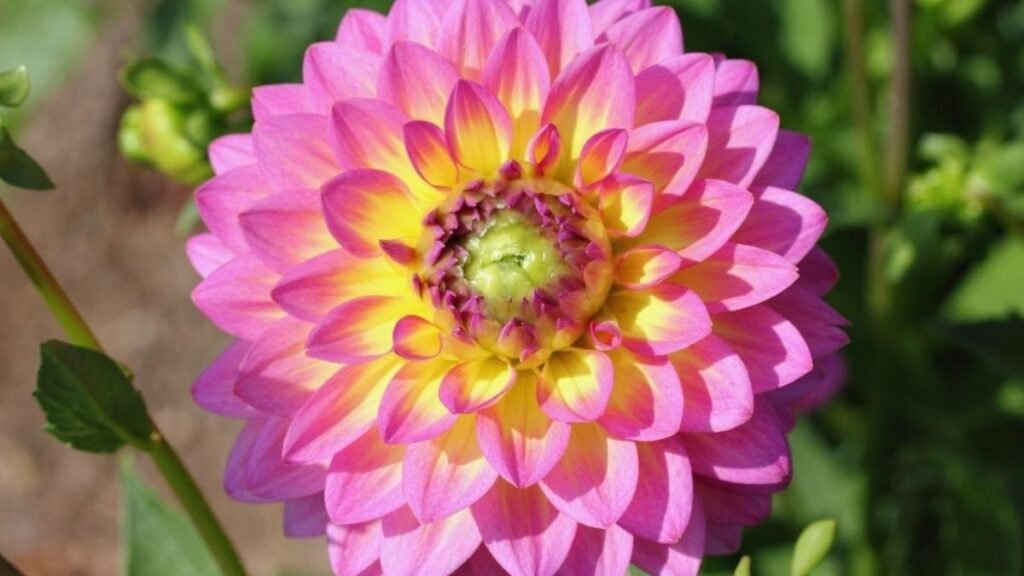
Include early bloomers like crocus or hellebores, mid-season favorites like coneflowers and bee balm, and fall bloomers such as goldenrod and asters. This continuous supply of nectar and pollen keeps your garden buzzing.
Avoid Pesticides and Chemicals
Pesticides and herbicides are harmful to pollinators. Even products labeled “bee-safe” can have unintended negative effects. These chemicals can weaken pollinators, reduce their numbers, or even kill them.
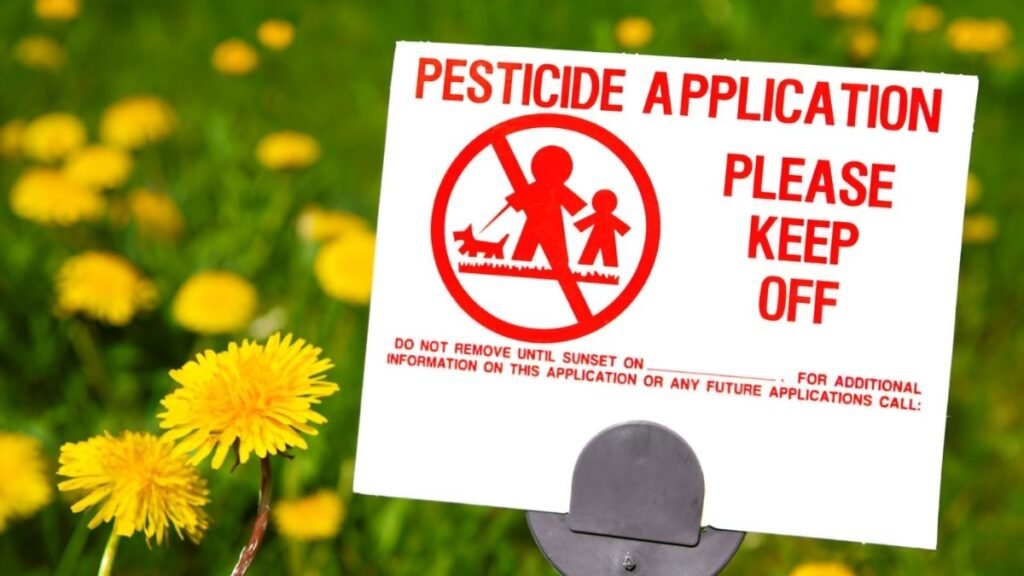
Adopt organic gardening practices instead. Use natural pest controls, encourage beneficial insects like ladybugs, and hand-pick pests when necessary. Building healthy soil with compost also helps plants resist pests naturally.
Provide Fresh Water Sources
Pollinators need water just like any living creature. A shallow dish with fresh water and some small stones or pebbles offers a safe place for bees and butterflies to drink without drowning. Birdbaths, ponds, or slow-dripping water features work well too.
Make sure to clean and refill water regularly to prevent stagnation and mosquito breeding.
Create Shelter and Nesting Sites
Pollinators need safe places to rest, nest, and overwinter. Many native bees nest in bare soil, so leaving some patches of bare ground can encourage them. Others nest in hollow stems or dead wood, so keeping some plant debris around is helpful.
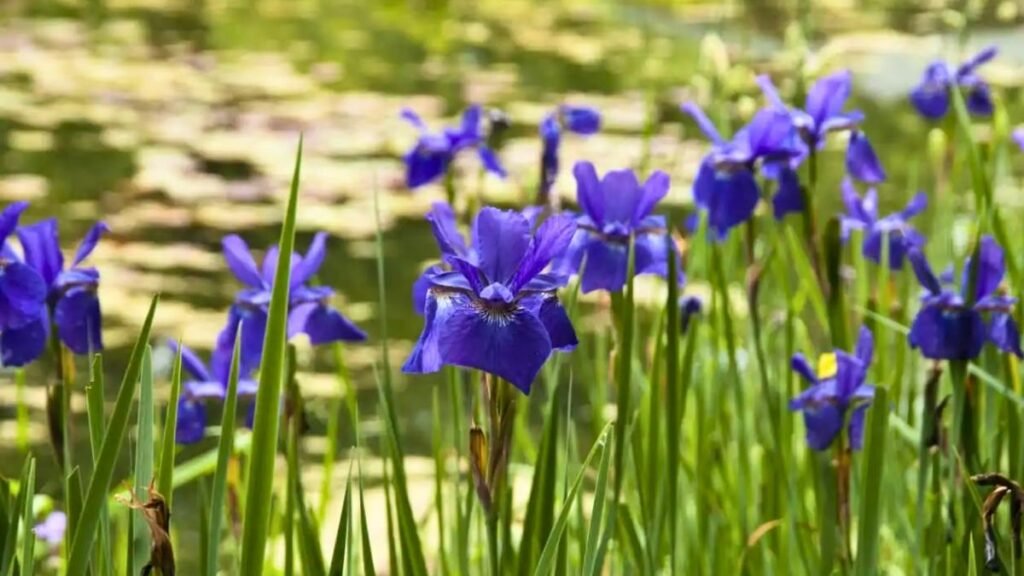
You can also build or buy bee hotels to provide homes for solitary bees. Let parts of your garden grow wild and leave leaf litter for butterflies and other insects to find shelter.
Plant a Diverse Mix of Flowers
Different pollinators are attracted to different types of flowers. To appeal to a wide range, include flowers of various shapes, colors, and sizes. Bees often prefer blue, purple, and yellow flowers, while butterflies are drawn to bright reds and oranges.
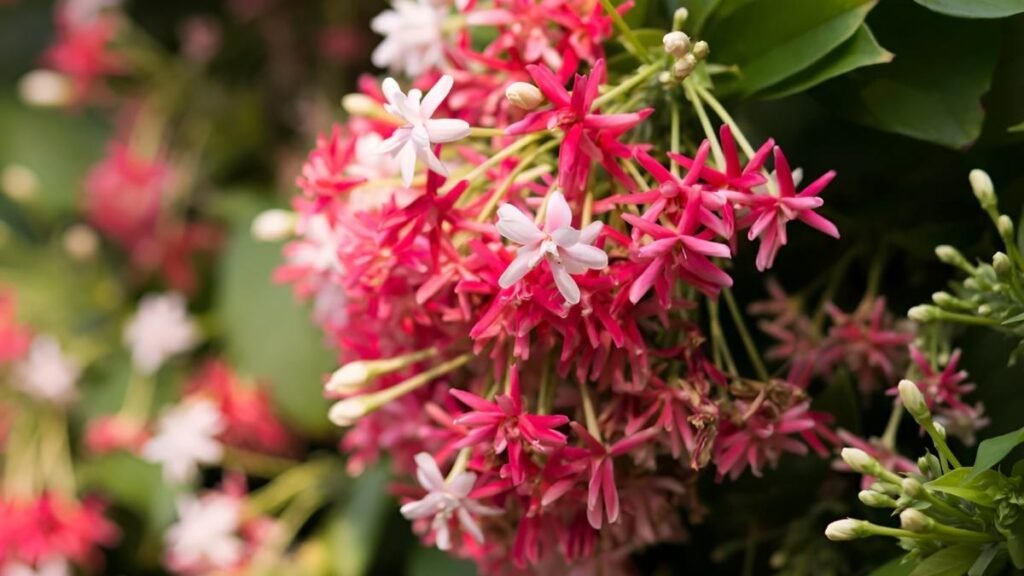
Plant clusters of flowers rather than single plants to make it easier for pollinators to find them. Mixing perennials, annuals, herbs, and shrubs will create a rich and inviting habitat.
Choose Single-Flower Varieties
While double-flowered plants may look gorgeous, they often lack the nectar and pollen pollinators need. These varieties have been bred for appearance rather than function, making it difficult for pollinators to access their food.
Opt for single-flowered plants that maintain their natural structure. These are much more pollinator-friendly and will attract more visitors.
Let Your Garden Be a Little Wild
A perfectly tidy garden may seem appealing, but many pollinators benefit from a bit of disorder. Leaving fallen leaves, seed heads, and dead stems provides habitat and food sources, especially in winter.
Avoid over-cleaning in the fall. These natural elements offer shelter to insects during cold months and contribute to biodiversity.
Grow Herbs and Edibles
Herbs like lavender, thyme, oregano, and basil are magnets for pollinators when allowed to flower. Many vegetables such as squash, tomatoes, and cucumbers also rely heavily on pollinators for fruit production.
Incorporating herbs and edibles into your garden not only supports pollinators but also benefits your kitchen.
Be Patient and Observe
Attracting pollinators takes time. Don’t be discouraged if you don’t see a swarm of bees or butterflies right away. Keep observing which flowers are most popular and adjust your plantings accordingly.
Over time, your garden will become a welcoming haven for a variety of pollinators, helping it flourish naturally.

